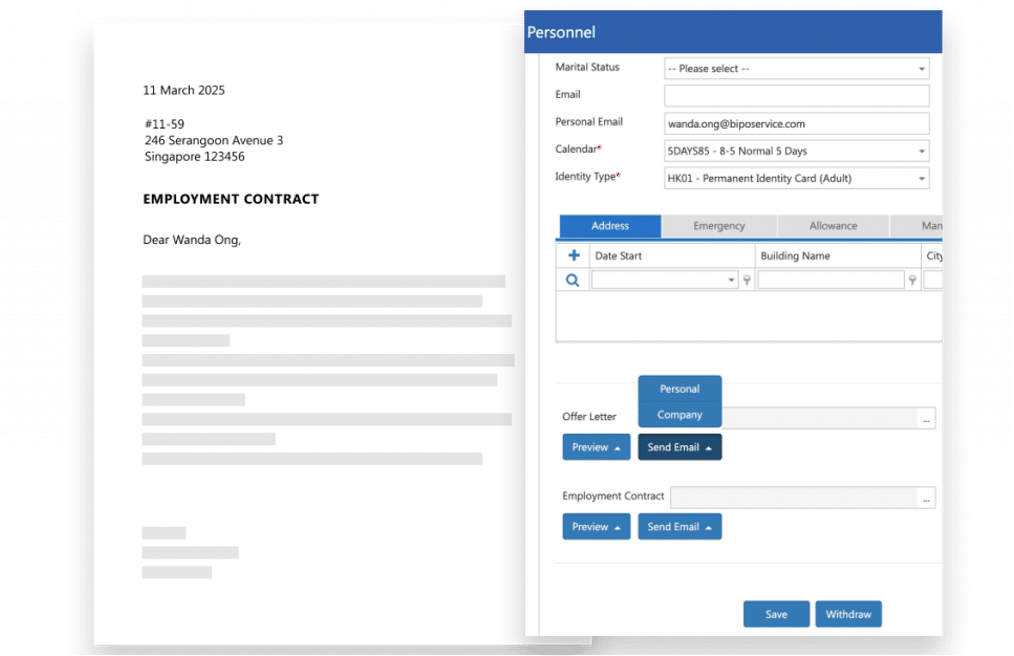Onboarding is the fulcrum of employee integration, and missteps can cascade into high turnover and eroded trust. Poor onboarding disrupts teams, propels disengagement, and reveals organizational inefficiencies. Consequently, new personnel may leave rapidly while lowering morale and raising recruiting expenses. That’s why leaders must know how to improve the onboarding process to match long-term retention plans and boost company culture.
Understanding the Onboarding Process
The onboarding process acclimates new hires to their roles and covers pre-boarding, orientation, role-specific training, and integration. One challenge is the lack of clear communication, which may confuse job expectations and processes. Moreover, inadequate training and support can result in skill gaps that hinder early performance. Cultural integration issues are another hurdle which impacts long-term engagement. Therefore, focusing on “how to improve the onboarding process” is indispensable.
What Are The 4 C’s Of Effective Onboarding?
- Compliance: Compliance is the foundation of onboarding. It verifies that new hires know legal obligations, safety protocols, and company policies. Digital automated compliance tracking systems can simplify the process without overlooking information.
- Clarification: Clarification means crystal-clear role expectations. Ambiguities in job responsibilities can cause misaligned efforts. E.g., use thorough, role-specific roadmaps that outline daily tasks, long-term goals, and performance metrics. Check-ins during the initial months can help fine-tune understanding to support organizational objectives.
- Culture: Culture integration embeds new hires into the company ethos. Besides explaining values, show them through action. Pair new employees with culture ambassadors who embody the company’s principles. Additionally, storytelling should illustrate how the company’s culture influences decision-making and department collaboration.
- Connection: Connection nurtures interpersonal relationships and a sense of belonging. Rapidly build these connections while initiating structured cross-departmental coffee chats or mentorship programs.
Preparations for Each Phase of Onboarding
- Before Onboarding: Conduct a role analysis with stakeholders to shape the onboarding process. You may develop a custom 30-60-90 day plan with deliverables backing business goals and the employee’s career trajectory. What’s more, secure necessary resources and access privileges for IT and departmental integrations on day one.
- First Day of Onboarding: Focus on relationship-building rather than task execution. Schedule one-on-ones with team members, including cross-functional partners, to provide context for the role. Introduce employees to internal communication channels and decision-making frameworks so they comprehend the team’s dynamics and culture.
- First Week of Onboarding: Assign the new hire to real, low-risk tasks that let them apply their skills while learning company-specific processes. Provide structured feedback to address knowledge gaps early. Arrange a review meeting at week’s end to discuss progress, clarify expectations, and adjust the onboarding plan if necessary.
- First Three Months: The complexity of assigned projects gradually increases, which integrates the new hire into cross-functional initiatives. Develop autonomy while plummeting direct oversight with strategic guidance. Revisit and refine the 30-60-90 day plan to support business needs and the employee’s professional growth.
- Post-onboarding: Switch to an endless development plan according to long-term goals. Conduct a review of the onboarding process to isolate areas for improvement. Uphold regular check-ins to support ongoing integration and career development so the employee stays affiliated with team objectives and personal aspirations.

Tips for Improving Onboarding for New Employees
Personalize the Employee Onboarding Experience
Mold the onboarding process to the needs of each new hire for a better experience. Use data from pre-employment assessments to classify individual learning styles and preferences. For instance, offer custom learning modules or pair new hires with mentors whose strengths match their areas for growth. It lowers time to productivity while tackling gaps early and commendably.
Foster a Supportive and Inclusive Environment
Incorporate real-time peer feedback mechanisms. For example, using channels dedicated to new hires encourages open communication and immediate support. Additionally, facilitate inclusion by assigning onboarding buddies who are not just functional experts but also strong cultural ambassadors, helping new employees integrate seamlessly into the team.
Streamline the Onboarding Process with Platforms
Use the best HRMS software to automate administrative tasks. Such platforms might handle everything from document signing to training schedules. They should also be integrated with the company’s project management tools. It guarantees that new hires are quickly looped into ongoing projects, which is undoubtedly a key factor in how to improve the onboarding process.
Provide Access to Company-Wide Communication Tools
Confirm that new hires have immediate access to tools. Integrate them with your HRMS for context-sensitive introductions. For example, new employees could automatically join relevant channels or project boards upon logging in. Hence, it augments how to improve the onboarding process while promoting early engagement.
Regularly Gather Feedback to Refine the Process
Implement a feedback loop using pulse surveys and 1:1 check-ins at key intervals, say 30, 60, and 90 days. Use this data to tweak the onboarding process for future hires and categorize patterns that might require profound organizational changes. For instance, if many new hires struggle with the same onboarding step, it can indicate that your process needs a systematic overhaul.

Onboarding Process through BIPO’s HRMS
BIPO offers the best HRMS software. The Personnel Hub centralizes employee data and automates onboarding activities, including documentation and role-specific training. Meanwhile, the Time & Attendance and Leave Management modules simplify scheduling from the start.
Apart from that, BIPO’s compliance-ready payroll system assures local onboarding compliance. Such an approach refers to how to improve the onboarding process while rendering it efficient and compliant across regions. Visit BIPO’s website to improve the onboarding process!
